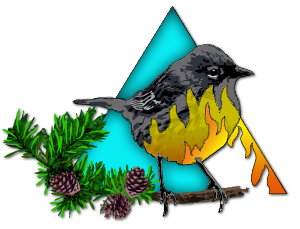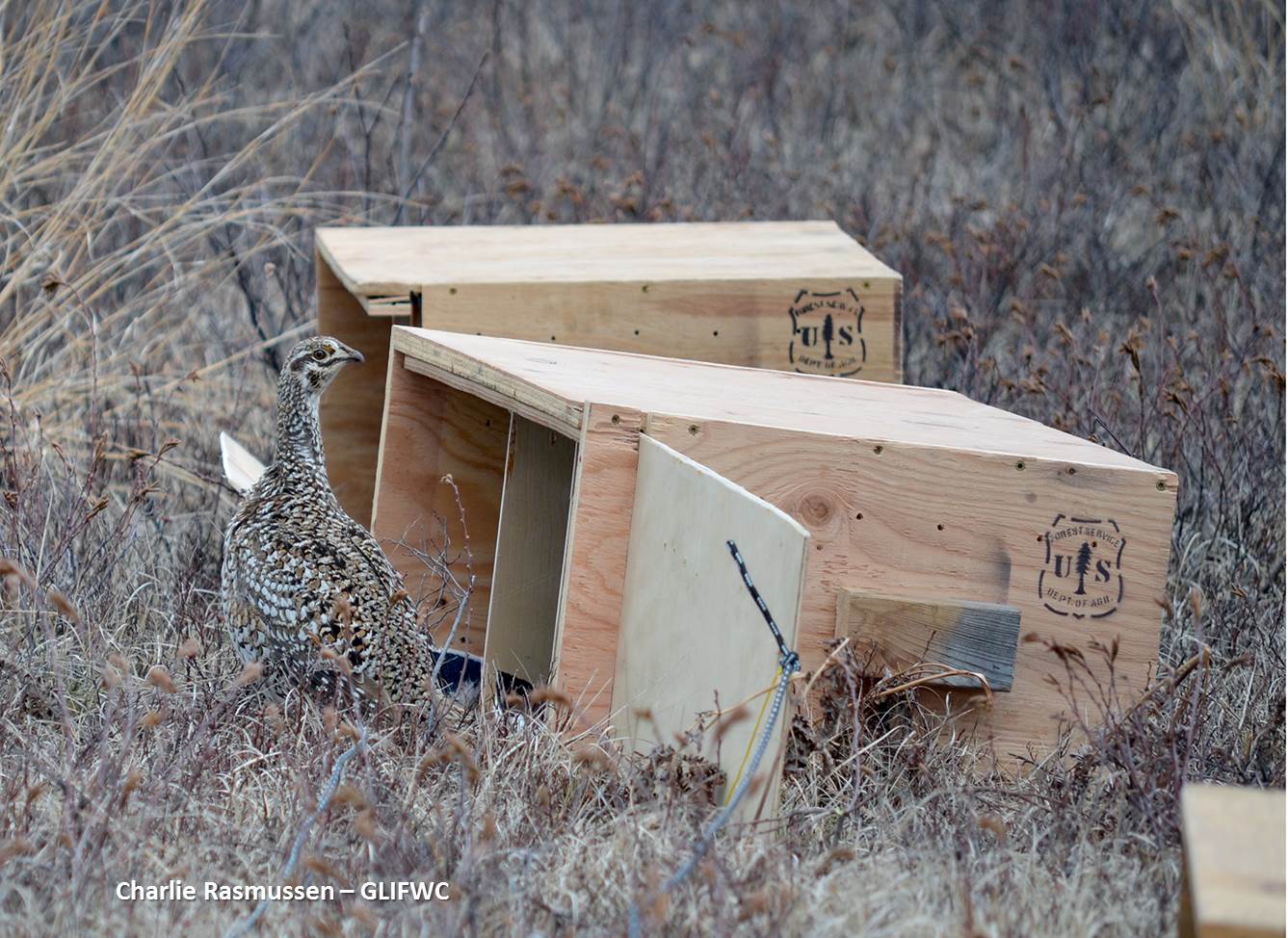Navigation

Upcoming Events
There are no events planned.
2018-2019 Webinar Series
Lake States Fire Science Webinar November 2018

Sharp-tailed grouse reintroduction at Moquah Barrens.
Thursday November 29, 2018 at 2 PM Eastern/ 1 PM Central
Brian Heeringa
Wildlife Biologist, Washburn District, Chequamegon-Nicolet National Forests
bheeringa@fs.fed.us
In an effort to restore and provide a genetic boost to the population of sharp-tailed grouse in the Moquah Barrens of the Chequamegon-Nicolet National Forest, 160 sharp-tailed grouse were translocated from NW Minnesota over a three-year period between 2016 and 2018. This translocation effort, along with on-going monitoring, are parts of the overall landscape restoration objective for the Moquah Barrens. Sharp-tailed grouse are native to Wisconsin and historically occupied a large portion of the state, using primarily, young, open pine and oak barrens or savanna ecosystems like the Moquah Barrens. Aagask, Ojibwe for sharp-tailed grouse, are nicknamed the “firebird” since they are a species that relies on large scale disturbance events, like fire, to renew and maintain their habitat. The Moquah Barrens Management Area is the most northern pine barrens found within the greater Northwest Sands Ecological Corridor that stretches from Bayfield County to Burnett County in northwestern Wisconsin. In recent years, sharp-tailed grouse have experienced statewide population declines attributed to habitat loss and genetic isolation in key areas. Over the last decade or more, only one Moquah Barrens dancing ground has been active with only 2-6 males and 1-2 females occurring at this location. To supplement the remaining grouse population, the Chequamegon-Nicolet National Forest, in cooperation with its partners, implemented a plan to translocate approximately 150-200 sharp-tailed grouse from northwestern Minnesota to the Moquah Barrens over the course of 2-3 years. As a critical component of a functioning and healthy barrens community, the Forest hopes to establish a genetically diverse self-sustaining population of grouse that are connected with other populations in the Lake Superior grasslands and nearby northwest sands habitats. This webinar will focus on the translocation project and what we have learned so far about sharp-tailed grouse in the Moquah Barrens, how the translocated birds are faring, and what the future hold for the birds and the Moquah Barrens.
Recording: MP4 video (streaming)
PDF of Presentation
- To Test your computer internet connection and compatibility with adobe connect, click here and follow the prompts.
- You will need to use the speaker output from your computer, so make sure you know how to control your speaker volume and attach external speakers for better performance. We will prompt you to type questions in the chat box throughout the session.

.png)